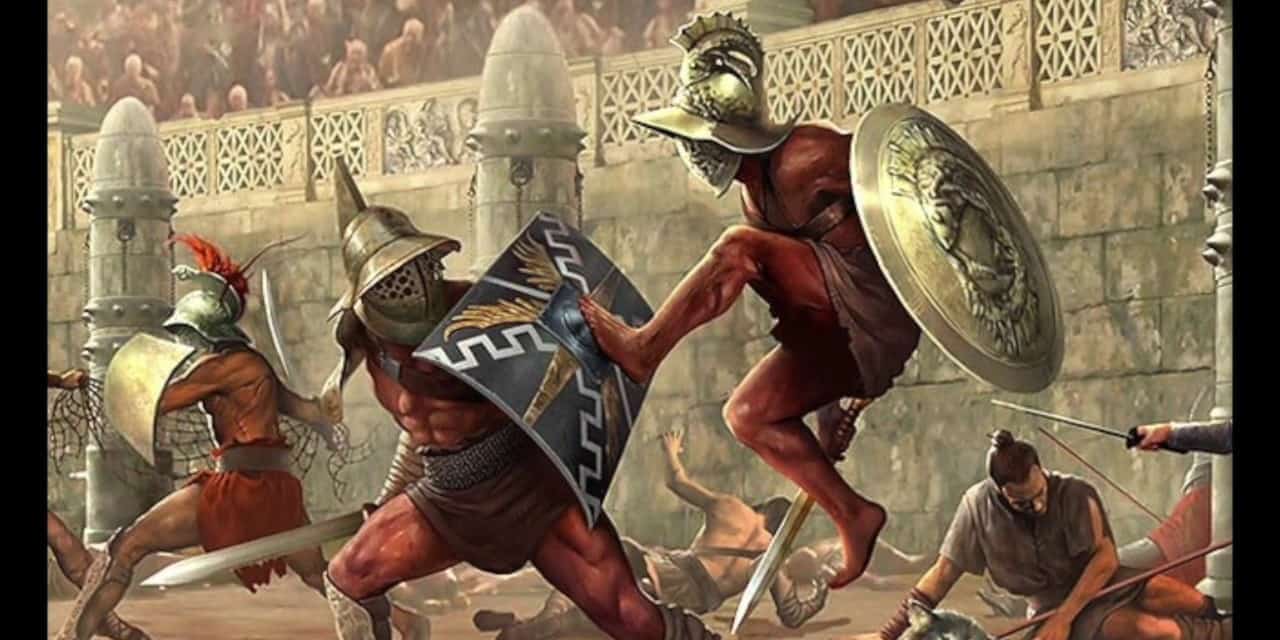The gladiators of ancient Rome have always fascinated lovers of history. And for good reason. These men (and women) at arms encapsulated the very best and the very worst of the Roman Empire. Huge sums of money were spent on massive amphitheaters, the likes of which the world wouldn’t see again for another 1,500 years. Here, huge crowds, including the Emperors themselves, watched gladiators fight with skill and bravery, often to the death.
Thanks to Hollywood and popular history books, most people have a good understanding of gladiators, who they were and what they did. What’s more, since the Colosseum is still standing in the very heart of Rome, we have a good idea of what the bloody games were like. But there’s a lot of scholars of Ancient Rome are still learning. Just how risky was fighting as a gladiator? Was it really a worse job than being in the Army or working in the fields? And what was the day-to-day life of these fighters really like when they weren’t fighting for their lives in the arenas of Rome?
Here, we attempt to answer these questions and many more. So, prepare to be entertained and give a big thumbs up to 40 facts about Rome’s famous gladiators:

ADVERTISEMENT - CONTINUE READING BELOW
40. The very first gladiator fights were held at Roman funerals and bloodshed was seen as a good omen
Nobody knows for sure when the first gladiator fights took place in Ancient Rome. However, they pre-date the age of the Empire by many decades and fights originally formed part of funeral ceremonies. Mourners were given a lesson in mortality and entertained at the same time by fighting slaves. Prominent Romans would leave money in their wills to ensure their funerals were lavish affairs, and over the years, gladiatorial games became bigger and more grandiose. In one instance, a senator who died in 216 BC decreed that 22 fights be held over three days to mark his passing.

